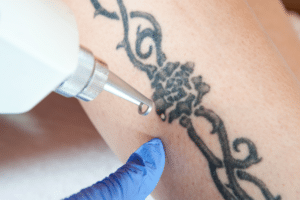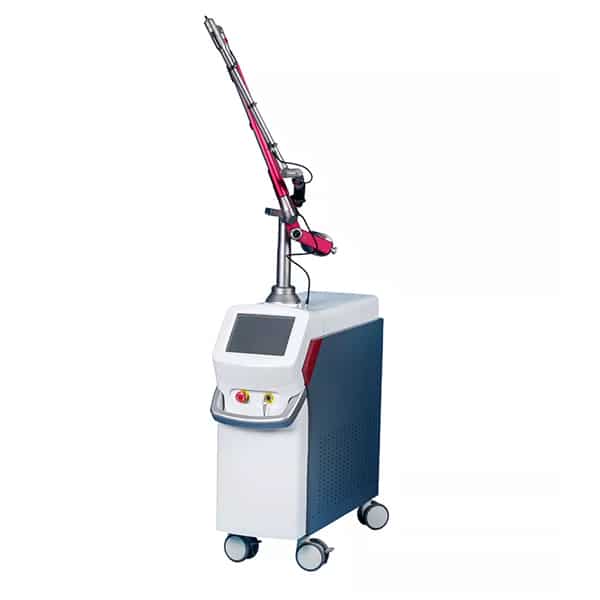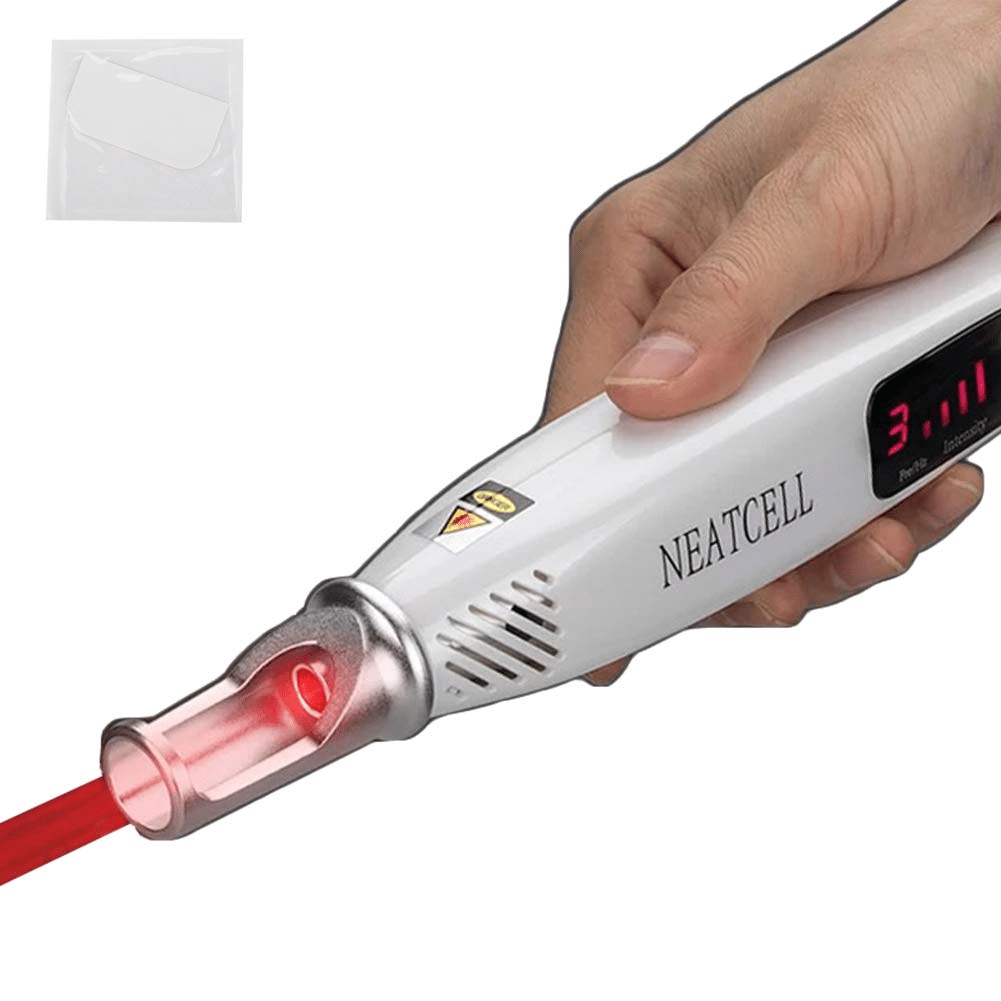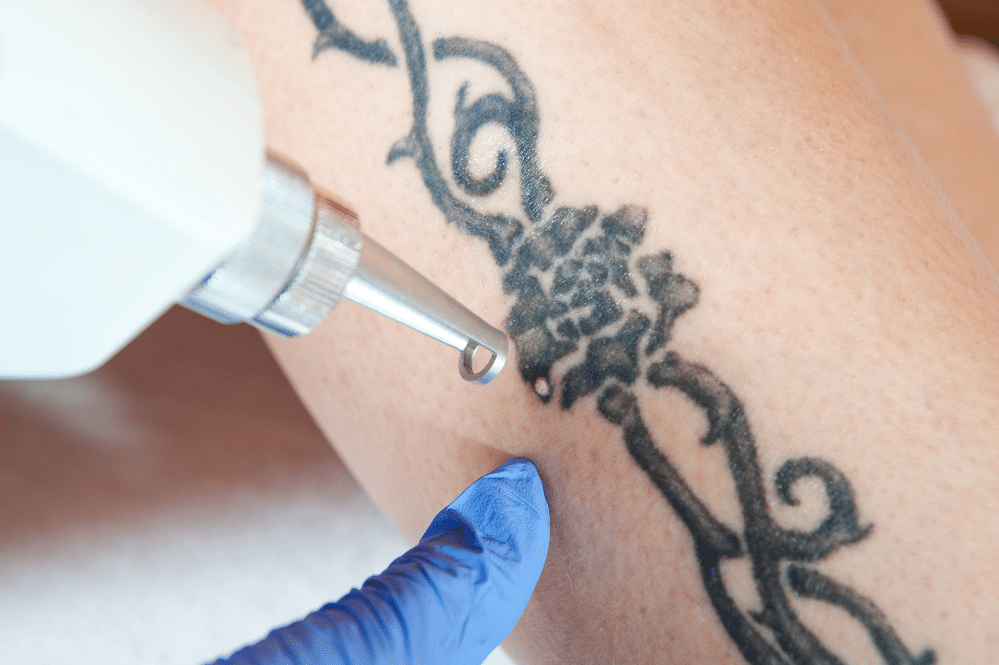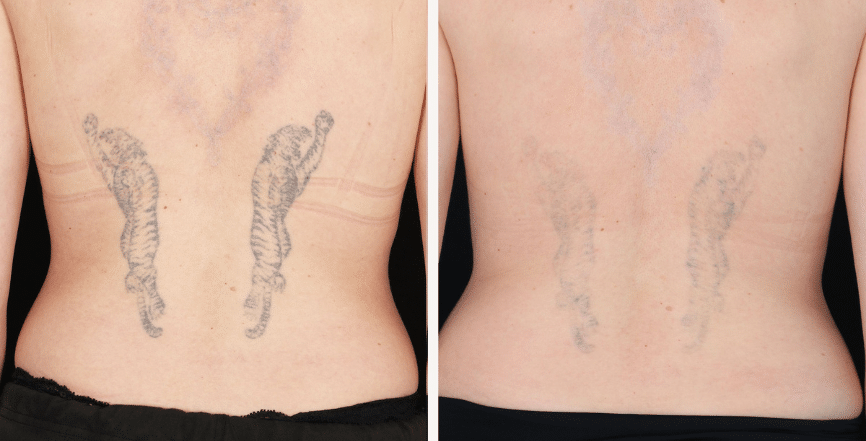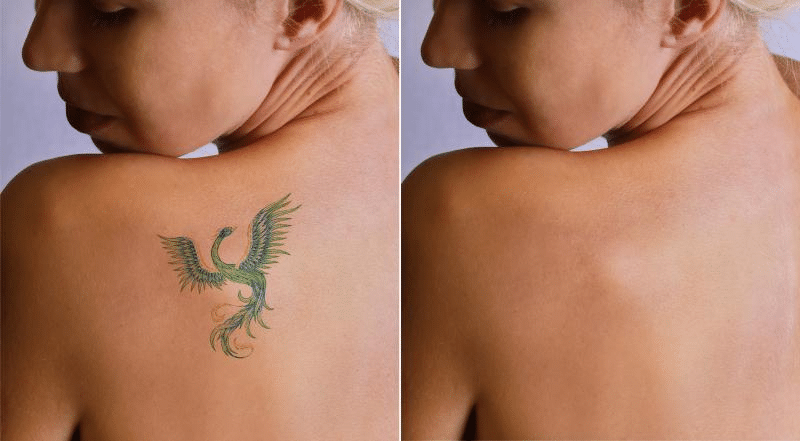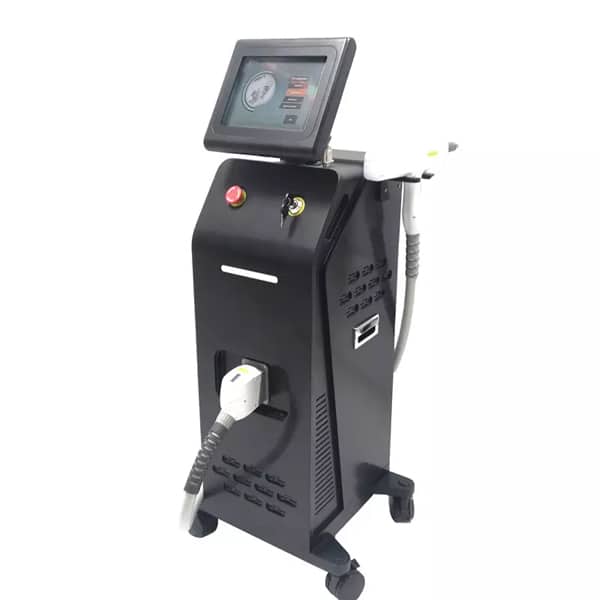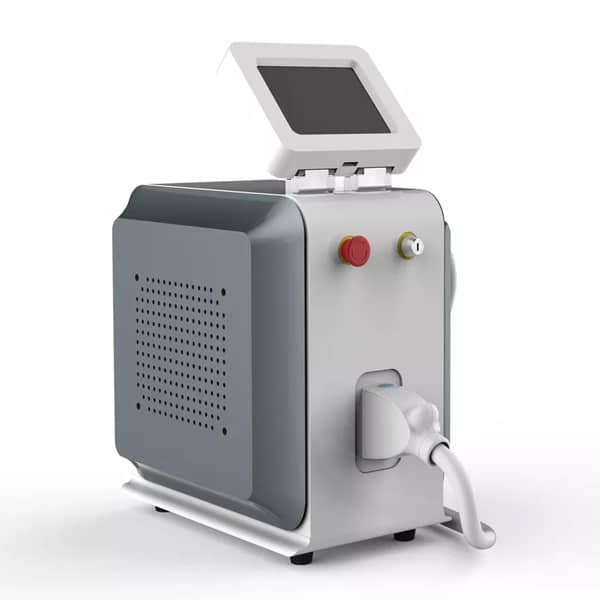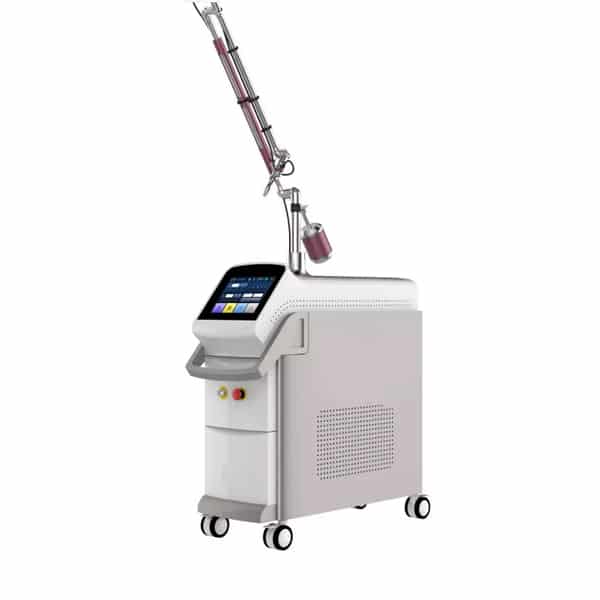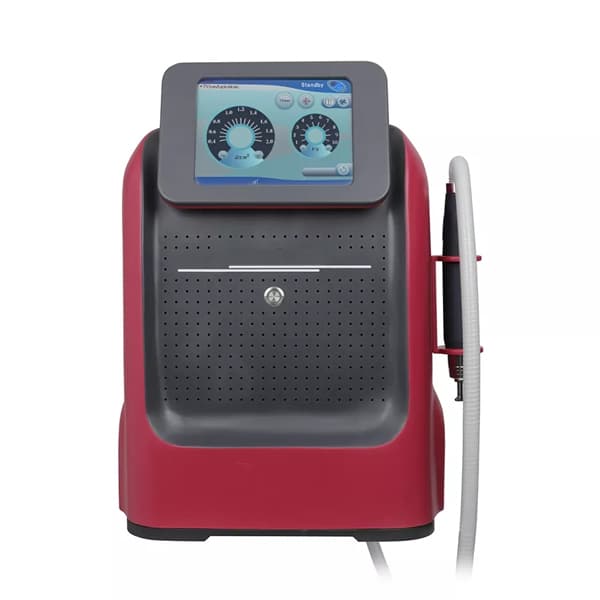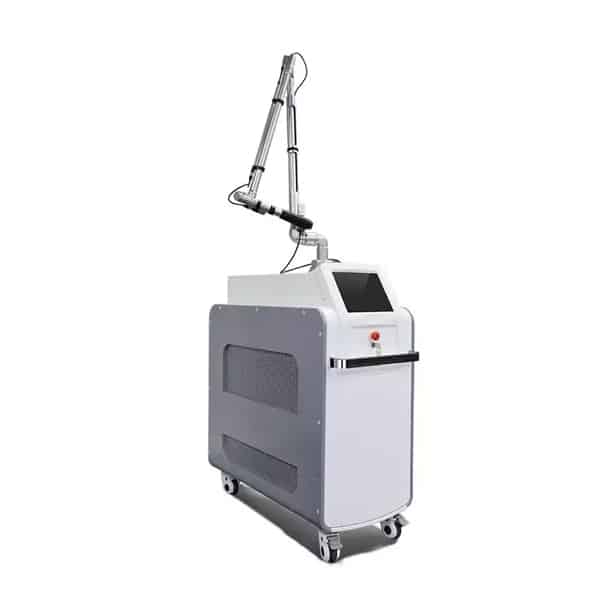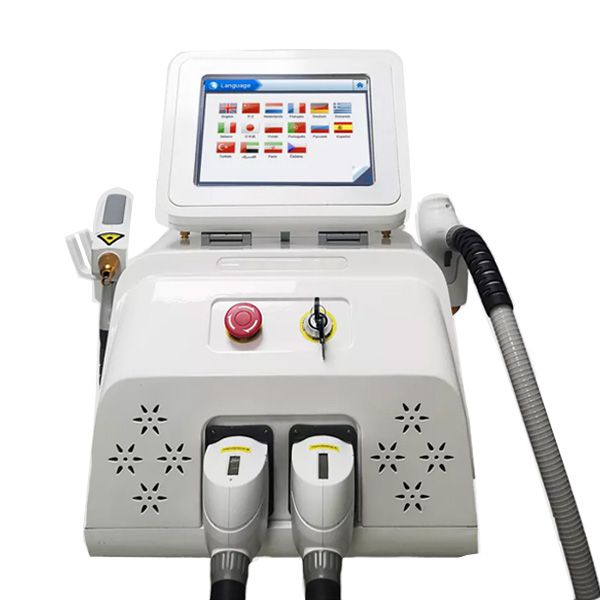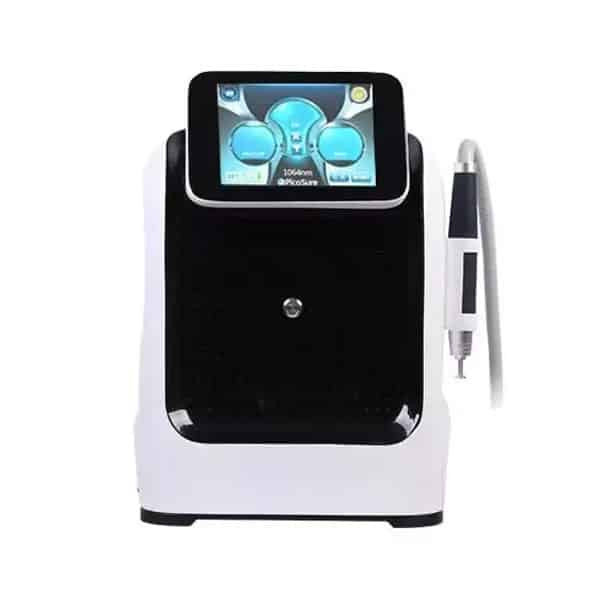How does laser tattoo removal work?
Laser tattoo removal is done by a pico laser machine or Q-switched ND YAG laser machines. This technology could remove the tattoos effectively and safely. The science of tattoo removal has improved so much over the last 18 months. Most tattoos can now be completely removed with your skin looking just like your skin looked before.
The Laser heats the tattoo ink, sometimes to nearly 300 degrees Celsius to break it apart. Differing laser wavelengths are often required to take on multiple colors of ink. 1064nm is for black and blue tattoo inks while 532nm is for red and brown inks.
Can Tattoo Be Removed Completely By Lasers?
What types of laser you can use for tattoo removal?
ND YAG laser and pico laser are used for tattoo removal. ND YAG laser is the traditional laser and the laser speed is in seconds while the pico laser speed is in picoseconds which is much faster and more effective.
Read More: Best Laser Tattoo Removal Machines
ND YAG laser is used for traditional tattoo removal. The Nd-YAG works using a process called photothermolysis which is the same process used in laser hair removal.
These lasers are not only immensely fast but also very hot and work with small-frequency waves of light. Two of the most important aspects of laser removal are the heat and the speed of the device to break up the ink particles.
For an ink particle to crack, it needs to be heated so that it expands due to thermal expansion. However, this has to be very fast to make sure that parts of the tattoo remain cool.
The contrast in cool and hot temperatures is responsible for cracking the particles.
Pico laser is the latest technology for tattoo removal. PicoSure lasers deliver rapid pulses in picoseconds—literally, a trillionth of a second—to the tattooed area to break up the small tattoo ink particles.
While traditional Q-switched lasers deliver photo-thermal pulses that heat the skin and surrounding tissues, PicoSure uses photomechanical technology to shatter the tattoo particles.
Pcio laser treatment recovery time compared to Q-switched lasers is fewer. Pico laser tattoo removal can even remove stubborn blue and green ink and can be used in areas that have already been laser-treated.
What is a tattoo made of?
Before talking about tattoo removal we should understand how tattoos work. A professional operator will push ink under your skin by using tiny needles. This ink lodges itself into your middle layer of skin (your dermis). These particles of ink are mainly too large to be taken away naturally by your body. However, we know tattoos fade over time; that’s your body flushing away the smaller particles of ink. It’s the larger particles that need the help of the laser. Once they’re small enough, your body will do the rest.
How does laser tattoo removal work?
Lasers work to remove tattoos by breaking up the larger ink particles into pieces small enough for white blood cells to absorb them.
To break up an ink particle, you need to heat it to make it expand due to thermal expansion, but the zap has to be quick enough so that half of the particle remains cool.
The opposing cool and hot forces then separate the ink particles into smaller pieces.
How Much Does Laser Tattoo Removal Cost
Will My Skin Go Hack to Normal After Laser Tattoo Removal?
Once the lasers break the ink particles apart into small enough pieces, the white blood cells can absorb them for transportation to the liver and elimination.
Step 1
Lasers shoot high-intensity light through your top layer of skin, directly hitting the larger pigments of tattoo ink.
Step 2
The tattoo ink absorbs this energy, shattering it into smaller pieces.
Step 3
These smaller pieces are taken away by your immune system over time.


